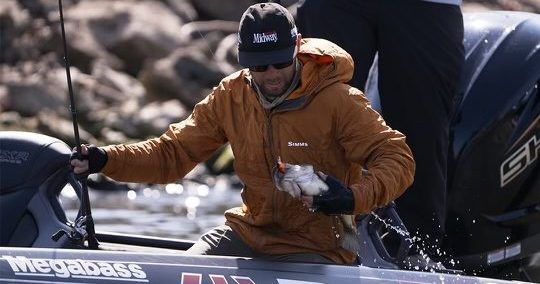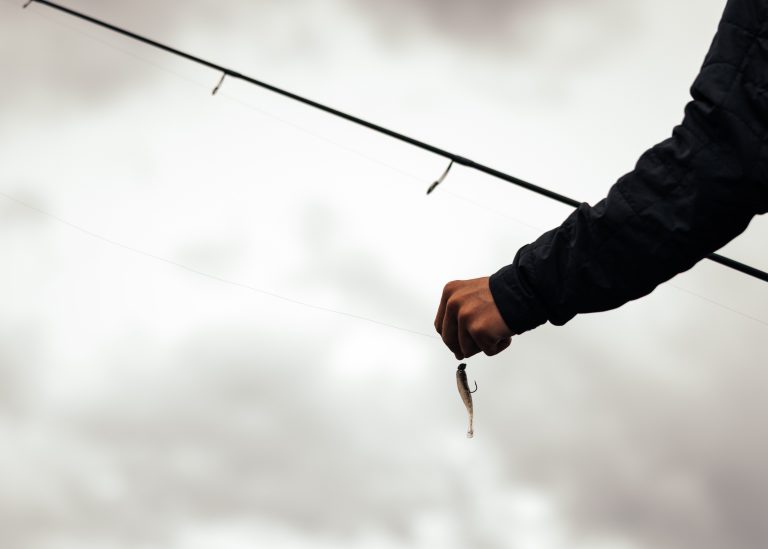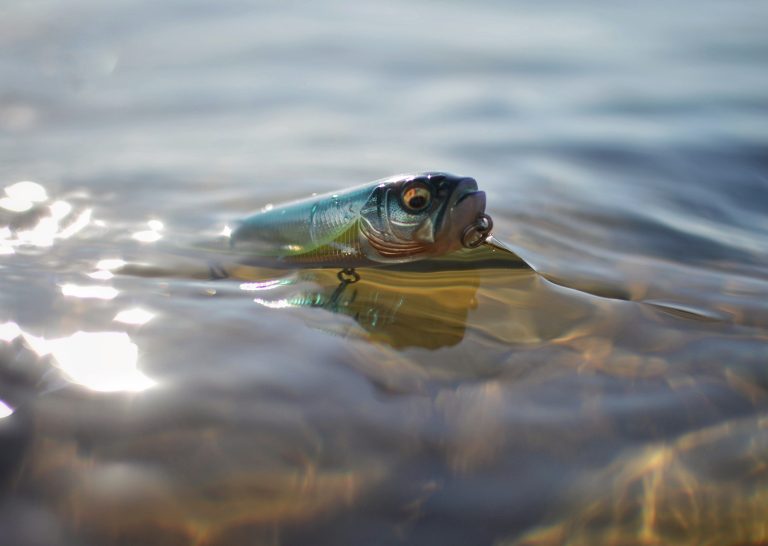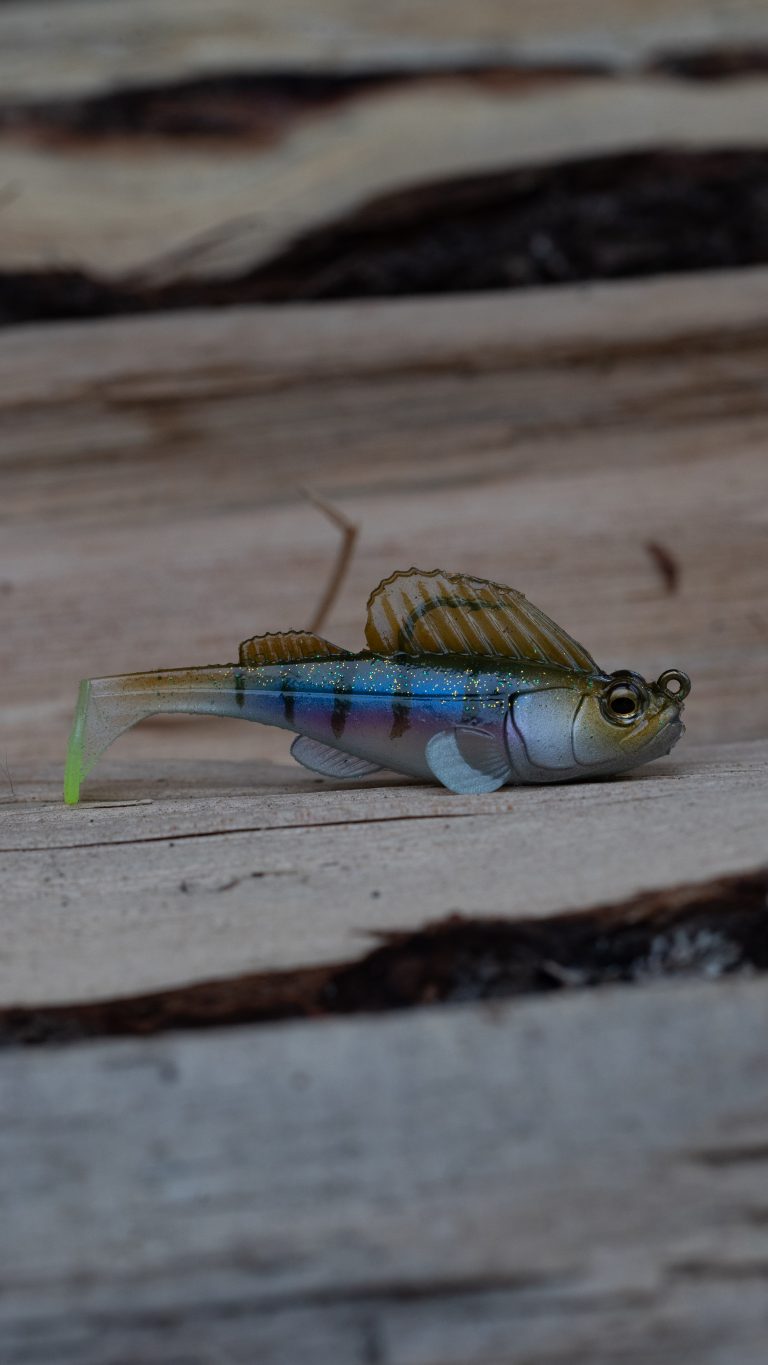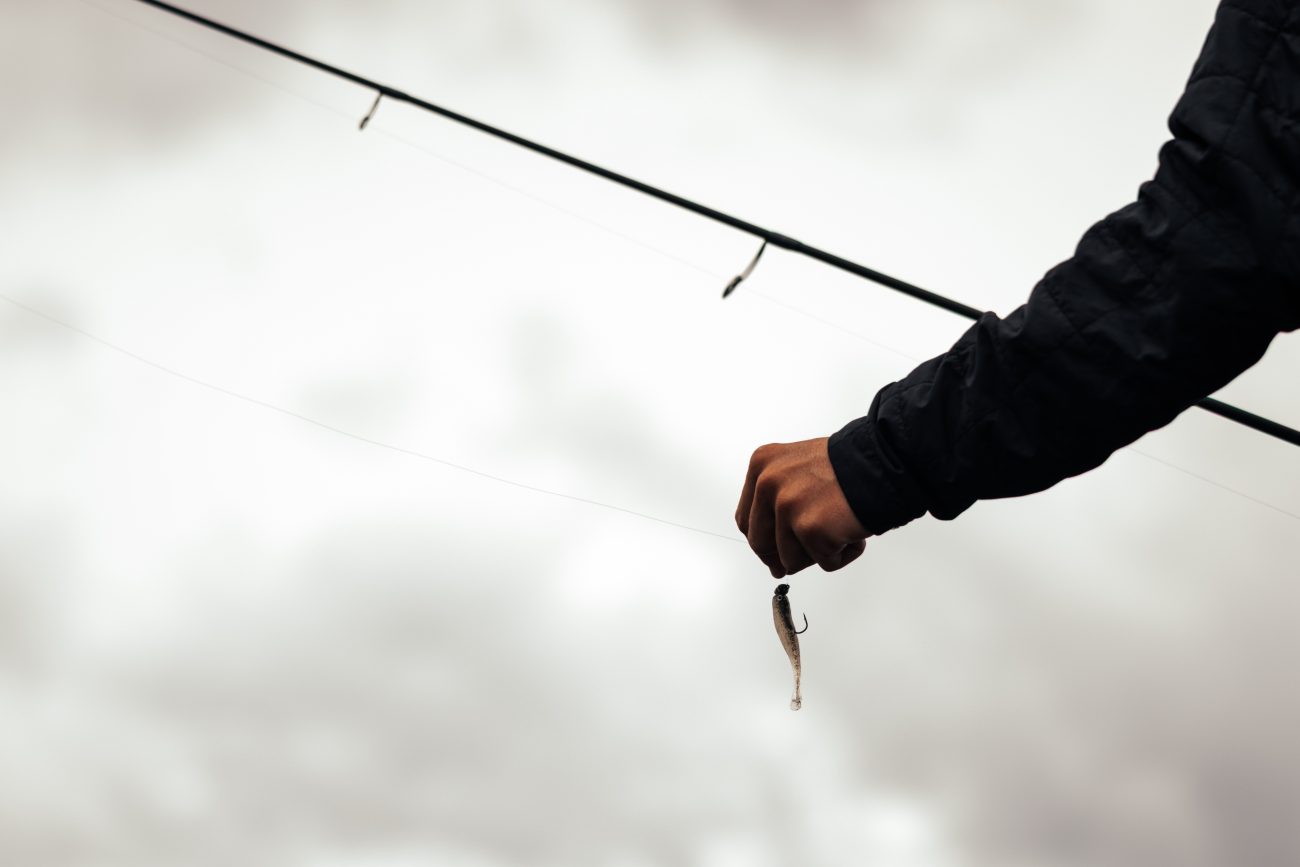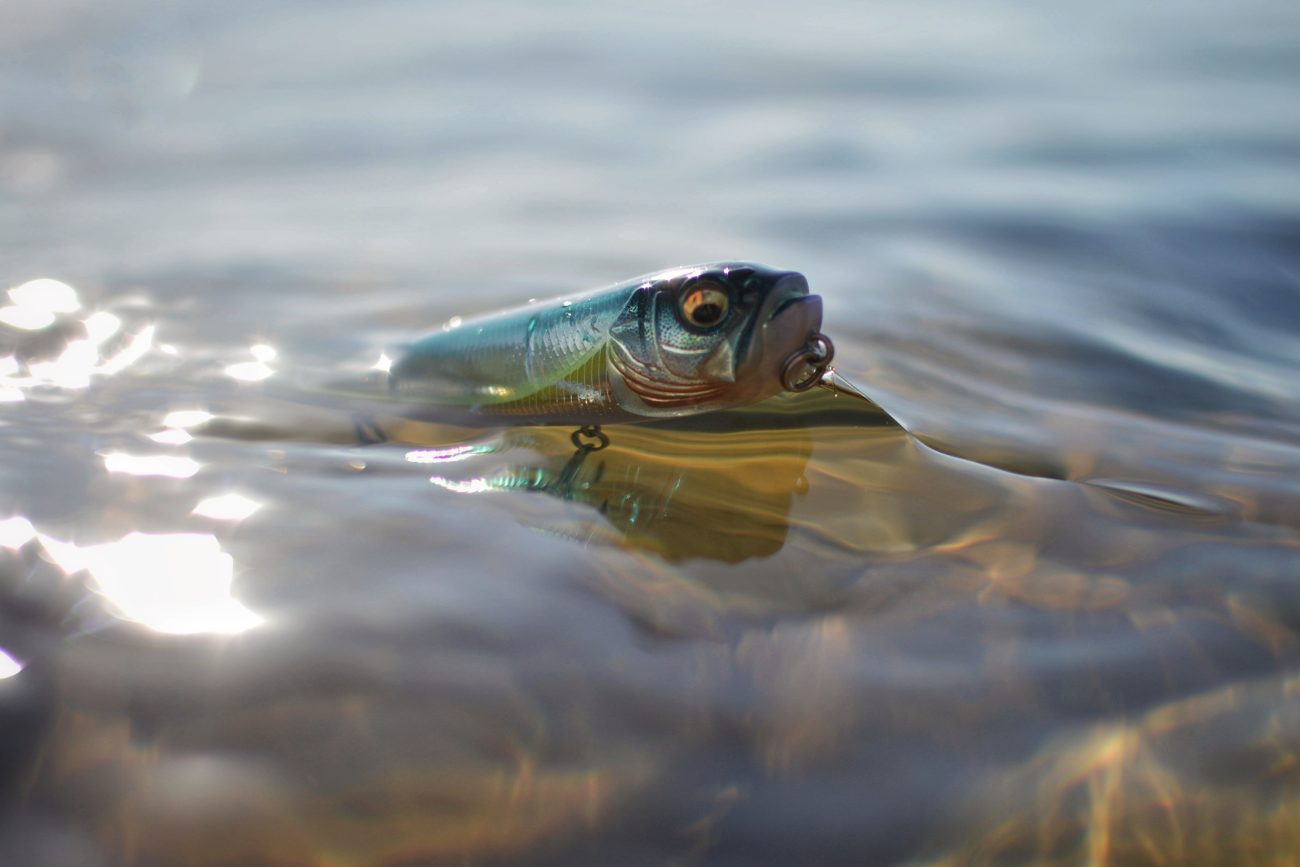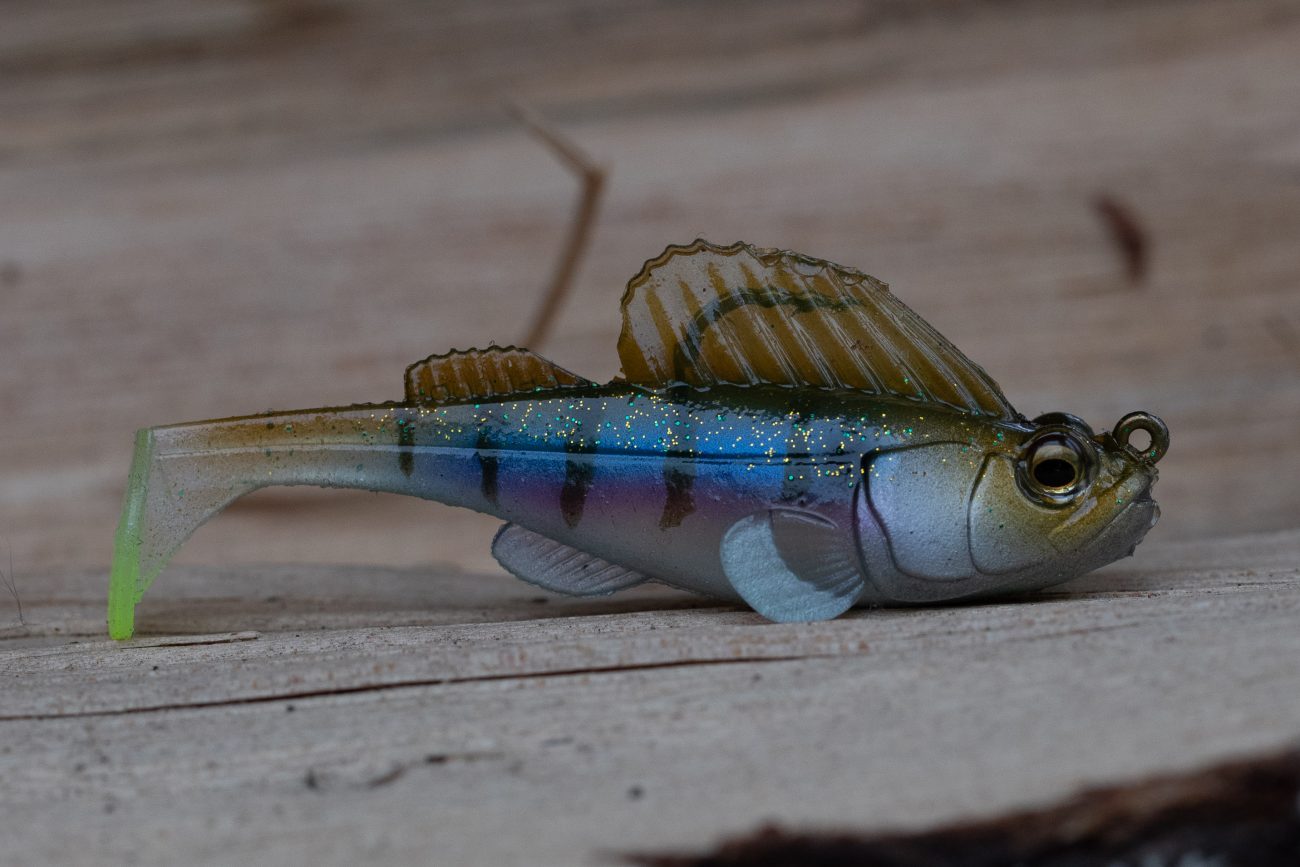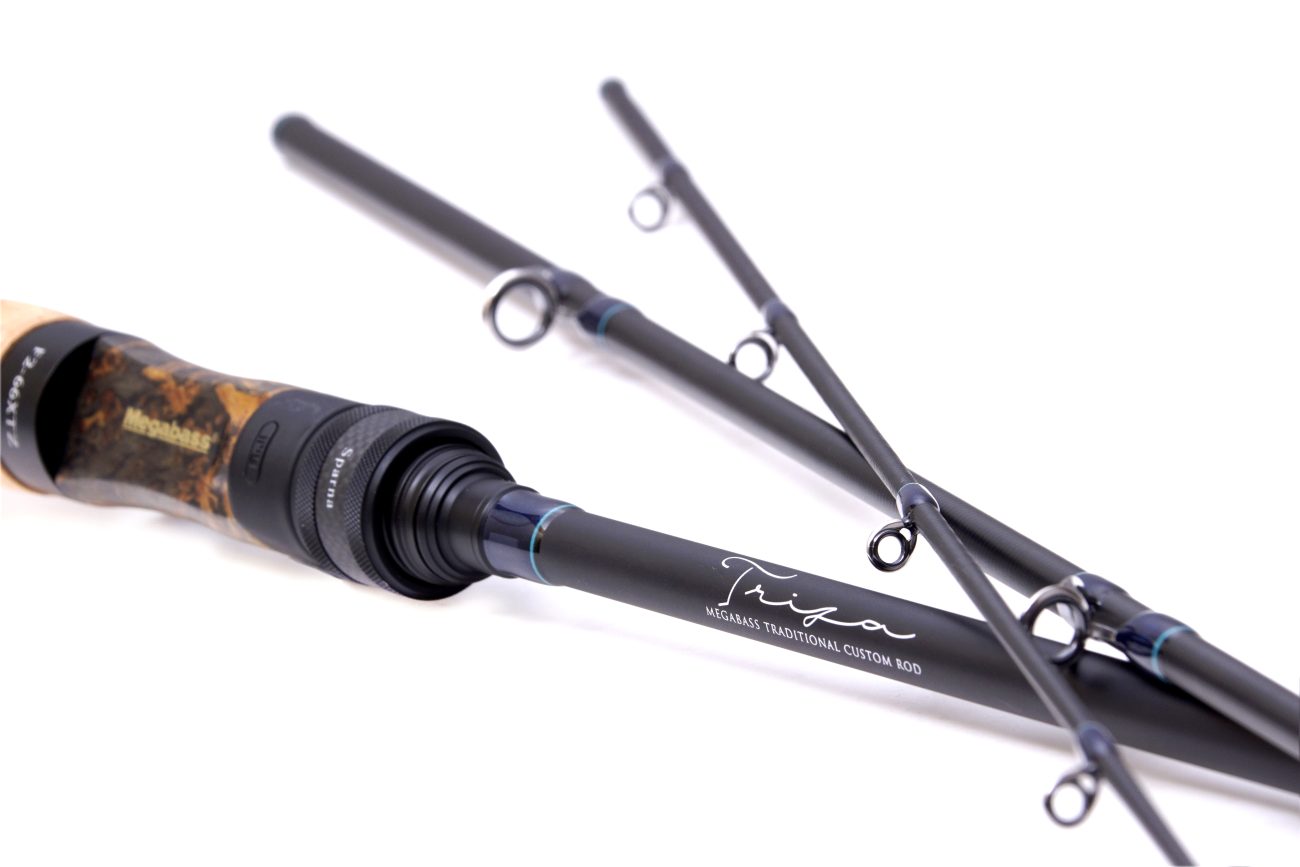Palaniuk's Cranking System
Heading into his thirteenth Bassmaster Classic, and third on Oklahoma’s Grand Lake, Brandon Palaniuk expected to deploy a unique shallow-water cranking technique he calls “FLOATING”, for a chance at the win. This time around was a bit later than the previous iterations – 2013, when he was the runner-up; and 2016, when he finished 12th, so while he remained open to different techniques, he also went in with a rough game plan.
“I knew that I wanted to fish in less than 6 feet of water,” he said. “I typically pretty much stay mid-lake, between Shangri-La and Wolf Creek. That’s a lot of water, and a good mixture of water clarities. It’s a patternable lake, and there’s so much rock and so many transitional areas. I knew I would spend a lot of time cranking.”
The goal was to find the perfect mixture of a particular level of visibility mixed with a particular type of rock or rock transitions. He was particularly focused on areas where the contours changed from tight to wide, and then there was “something unique there with it,” whether that be a laydown, a small rockpile or a bottom composition change, a particular element that concentrated the likely strike zone by providing a staging spot.
Dialaing In the Bite and the Bait
After the official three-day practice period a week prior to the tournament, the two-time Angler of the Year felt he had a good chance to compete for his first Classic trophy. The first day he caught a best five that approached 19 pounds, and then spent the remaining two days dialing in specific areas.
On the “official” day of practice two days prior to the tournament, he confirmed his approach and fairly easily amassed another 19 pound limit. That convinced him that he was not only in the right zone to get bites, but also around the quality it would need to win. In 2013, the winner had 54 pounds, 12 ounces over three days, and in 2016 it took just over 60 pounds, bolstered substantially by a massive bag weighing 29 pounds, 3 ounces. A solid 19 a day would split that difference and a big bite here or there could create a new standard.
Just as important as finding the right section of the playing field was finding the right lure. Palaniuk had extreme confidence in the Megabass SUPER-Z Z2.
“From the way the fish were eating it I could tell I had something special,” he recalled. “I could get bites on other crankbaits, but the bass would have one hook, or they’d be caught in the side of the mouth. With the Z2, nine out of ten times the entire bait would be gone. There was a noticeable difference.”
He’s been fishing the SUPER-Z Series lures extensively since last year, and had some blockbuster days on his home waters with the deeper-diving Z3, but while he wanted something in that same small package, it needed to stay just a bit shallower. “That small profile does make a difference in the spring,” he said. “When they haven’t really made their push to spawn, they’ll eat a smaller bait better, especially when you’re around northern-strain bass.” Despite it’s small profile, the LBO II moving balancer system enabled him to make accurate and long casts, which was especially critical on the third day of competition, when the wind howled.
One key with the Z2 is line choice. The lure is sensitive to different diameters and while there are occasions where he’d go down to 10- or up to 15-pound fluorocarbon, for this purpose he found 12 to be the optimal conduit. He also said that a 7.1:1 gear ratio reel was critical.
“When you’re cranking shallow like that a lot of times when you’re feathering like that, fish will ‘push’ the bait,” he said. “That knocks slack in the line. With a slower reel, you can’t catch up to them.”
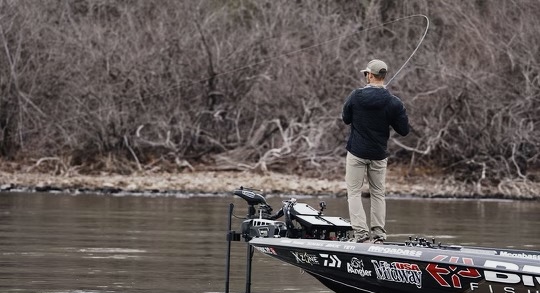
"FLOATING" the Z2
Besides it’s diving range and profile, the other factor that initially led Palaniuk to the Z2 at Grand was the way it acted when it hit cover.
“When it makes bottom contact, the way it deflects is different than a lot of other crankbaits,” he said. “It rights itself a lot quicker. The high pitch frequency helps, but it’s the way it deflects that made it work for me. I did what I call ‘floating’ a crankbait, which is also the way that I almost won in 2013. I pick out a crankbait that goes deeper than the depth I’m fishing, and then reel the bait at a pace where I can keep it in control. When I hit a rock I’m trying to get it to crawl up and over and then back down the other side. It looks like a crawfish slowly scooting and acts like something between a normal crankbait and a football jig.”
He did much of his damage with a WILD CRAW colored Z2 but in slightly clearer water he switched to MAT CRAW II, which has a matte finish and is “not as invasive.” While red is a standard springtime cranking color, the Prodigy has his own beliefs about why it works so well.
“You always hear people saying to throw red in the spring because the bass are eating crawfish,” he said. “I have a different theory. Red is the first color in the light spectrum to disappear. If you look at bass or bait in the spring, they tend to be real milky, or void of color. If you’re looking for something muted, then red, the first color to disappear, looks the most that way.”
On the first day of the tournament, which followed a change in conditions, he also weighed a few fish on the SONICSIDE.
“It’s a bigger profile but it’s also flat and way more subtle,” he said. “It’s a little less aggressive and not as high-pitched. You would get bites, but the entire bait wouldn’t be gone. There was a noticeable difference.” Due to changing conditions at the start of the tournament, he was never able to go all-in on the Z2, but he realized early on that it was his best chance to take home the trophy.
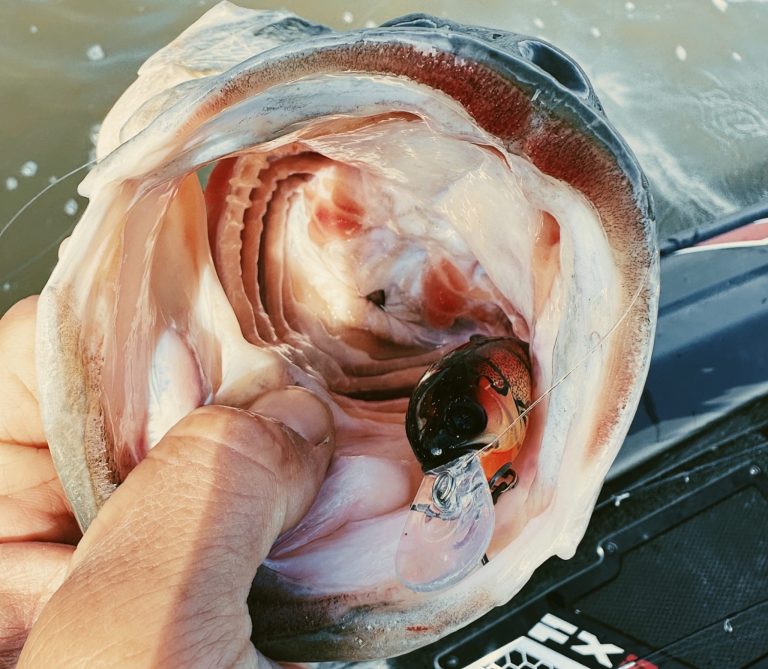
Few Regrets from Grand
On Day One of the tournament, Palaniuk’s larger fish generally abandoned him and he weighed in 13 pounds 7 ounces, in 31st place with a major hill to climb. He’d lost a 4-pounder that would’ve made a big difference. On Day Two, he fished the same areas, mostly with the Z2, and rallied with 17 pounds to climb to 13th place. It gave him an outside shot, but he was still a dozen pounds behind the leader, so it took a major change of plans.
“If I had caught 17 or 18 pounds on Day One, I could have let it play out,” he said. “But I felt that I needed 25 or 26 pounds on Day Three to have a shot. I was living on a hope and a prayer, so I went and threw a big swimbait up the river.” Specifically, he glued two rods – one with an 8-inch MAGDRAFT and one with a 7-inch glide bait – into his hands and went giant hunting. He got bites, but they produced his smallest weight of the event.
Nevertheless, even after the winner relied on a series of jerkbaits, Palaniuk believes that his gameplan was solid.
“Of course, hindsight is 20/20, so maybe I regret not using jerkbaits a little, since that’s the way it was won, but I felt like after practice that what I was doing was the right thing. It just didn’t materialize. The only thing I might change is that I would probably try to run more areas and cover more water than I did.”
